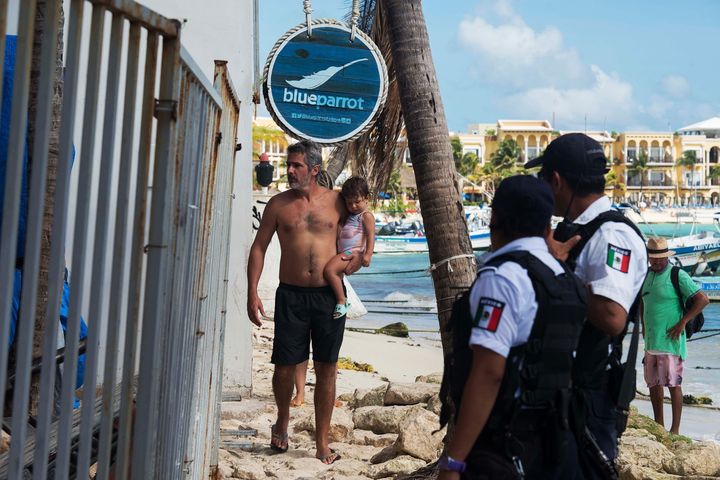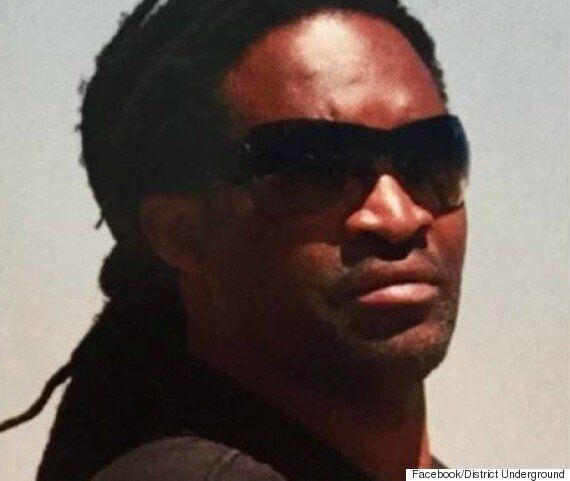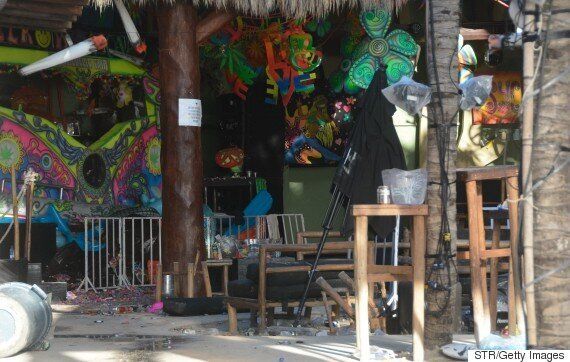The Caribbean resort district that straddles Highway 307 along the coastline of the Mayan Riviera has played an unusual role in the cartel war which has raged in Mexico for over a decade. The region's importance in the transnational underworld has transformed it into a prize coveted by the leading crime syndicates operating between Toronto and Medellin.
Whoever dominates Cancun and its surrounding boroughs not only controls a point of entry for cocaine shipments in transit to the North American drug markets but also a lucrative local criminal emporium. Countless drug retailers, brothels, bars, nightclubs, and hotels operate in the area, and most of them are willing to pay protection money to keep business running smoothly.
The profitability of the region has transformed it into a rare haven, respected by crime lords. Criminal organizations have traditionally considered the Cancun-Tulum corridor as neutral ground. Gangsters know that the economic value of the region depends on its capacity to attract visitors, especially American and Canadians who spend more than local tourists. Violence is bad for tourism and, therefore, bad for business.

Another particularity of the Riviera is that gangsters not only do business there but also use it to invest and launder money. Buying and running nightclubs, hotels or restaurants are age-old money laundering strategies. Once they have made an investment, crime lords want to protect it. For this reason, crime syndicates operating in the region respect its status as a peaceful criminal sanctuary in an otherwise violent conflict. That is, until now.
Last Monday, a gunman opened fire inside a nightclub in Playa del Carmen. Five people died in the attack including Canadian bouncer Kirk Wilson and a US citizen, Alejandra Villanueva.
The incident took place during an event organized by Torontonians Philip Pulitano and Craig Pettigrew as a part of the annual BPM music festival.

Following the attack, images of spray-painted banners started circulating in media outlets. The banners signed by a member of Los Zetas blamed festival organizers for failing to "fall in line" with the cartel.
The next day, armed men stormed the offices of the state's attorney general. Four people died in the firefight that spread across Cancun as the attackers escaped the scene.
These acts of violence violate the pax mafiosa that had characterized the region. They also harm the interests of the cartels themselves. If violence persists, tourism will suffer, along with the industries that rely on it, both in the legal and the illicit spheres. What can then explain the attacks?

The banner directed at organizers of the festival implies that Canadian organizers of the BPM refused to pay protection fees to the Zetas and that this is linked to a broader conflict with two rival groups: the Gulf Cartel and the Pelones.
One possibility is that BPM organizers paid one of these two groups, expecting they would then, though payments or intimidation, protect the festival from other crime syndicates. The Zetas were obviously not pleased with the outcome.
The attack against the festival, however, was clearly not an isolated incident. The assault on the attorney general offices that followed the shooting at the BPM suggests that corrupt local authorities are banding with the Gulf Cartel or the Pelones excluding the Zetas from their deals.
If this is the case, the attacks may have been a show of force to signal that the Zetas want a bigger slice of the Riviera's underworld industry. More ominously, they could also indicate that the Zetas plan to take the whole turf for themselves. Regardless of their intentions, their strategy seems reckless. If the Zetas want the profits the Riviera generates, why destroy the conditions necessary for their production?
A conventional explanation is that government actions against organized crime have fragmented crime syndicates, bringing instability to the underworld and making it harder for the cartels to reach agreements. Without the capacity to negotiate and implement lasting contracts, gangsters stop caring about their long-term interests and resort to drastic measures.
"If the Zetas are indeed attempting to expand their presence in the Caribbean, the assault on BPM organizers may only signal the beginning of a new bloody episode in the Mexican cartel war."
Another plausible theory is that the Zetas, who control a vast criminal corporation spreading across different countries, can afford to adopt risky strategies in particular locations. In other words, even if they fail in their push to conquer the Riviera, or if they ruin it in the process, they would still retain most of their power and their criminal empire.
The problem with these explanations is that they assume that the Zetas are a coherent, unitary organization. In fact, the group is comprised by erratic, fragmented and conflict prone clans that often operate under a single banner but seldom coordinate and cooperate. The Zetas, for instance, are known for leasing the right to use their name to other crime groups who subsequently have full autonomy over their operations.
A third plausible explanation is that a local cell of the Zetas trying to increase its power led the attack against the festival. Zetas leaders in other locations may not have been aware of the assault and may not support their franchise in the Caribbean if they consider that doing so could hinder their interests there.

Finally, it is important consider the genesis of the Zetas organization. The group was initially comprised of deserters from the Mexican army special forces who used their expertise to support and expand the group's operations.
However, these skills have also contributed to transforming the culture of the Mexican underworld. Their reliance on highly coordinated violence has gradually replaced "good old fashioned" gangster diplomacy. The way the Zetas think, talk and operate is, in some ways, more akin to a military than to a commercial organization.
If the Zetas are indeed attempting to expand their presence in the Caribbean, the assault on BPM organizers may only signal the beginning of a new bloody episode in the Mexican cartel war and, perhaps, the end of the Riviera as one of the favorite winter destinations for Canadians. Only time will tell.
Follow HuffPost Canada Blogs on Facebook
Also on HuffPost: